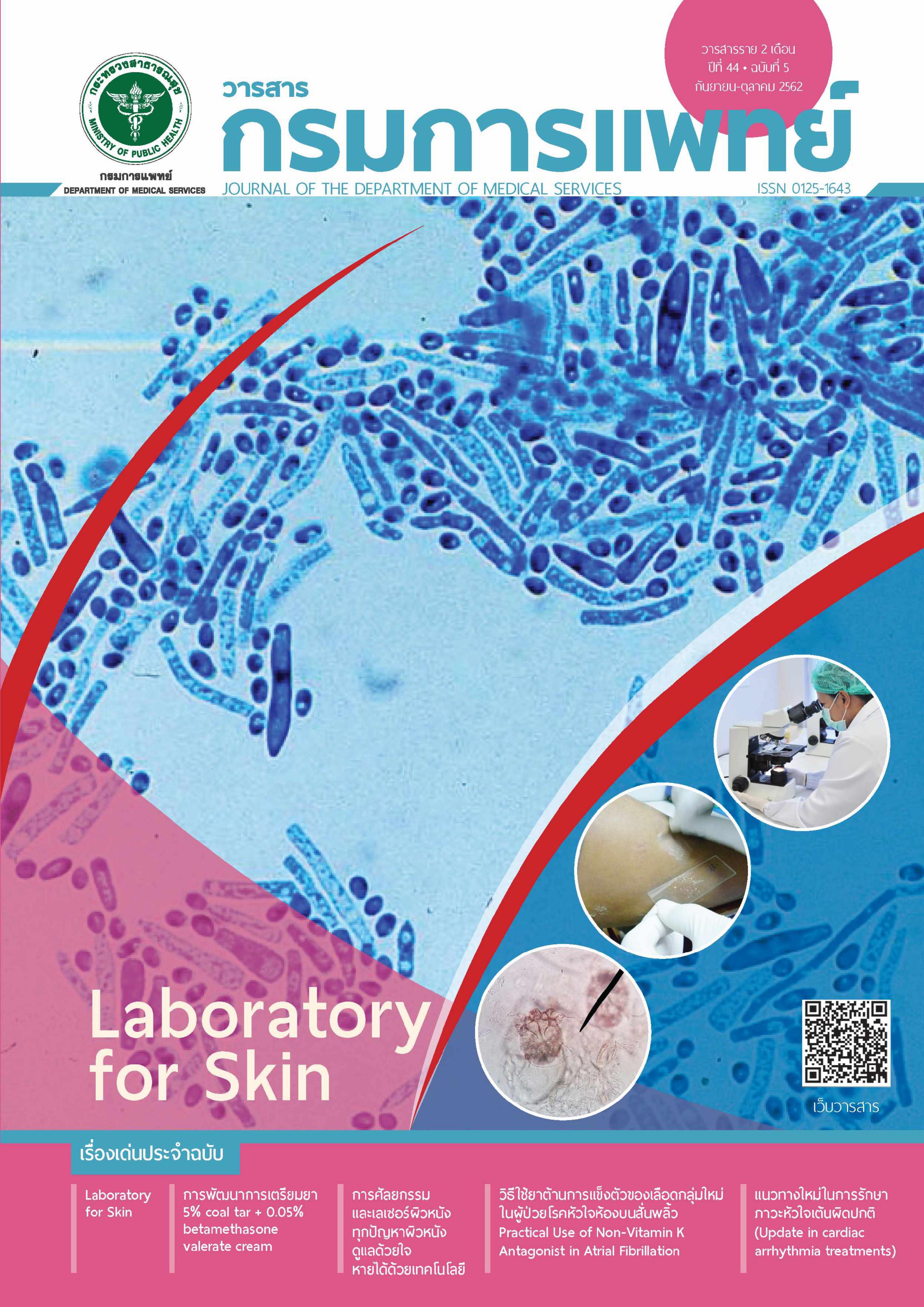Healthcare Expenditure Burden for Emergency Medical Services of Private Hospitals under a Project of Financial Recommendation for Universal Coverage for Emergency Patients (UCEP)
Keywords:
Expenditure burden, Emergency medical services, Private hospitalsAbstract
The objective of this study is to analyze health care expenditure burden of emergency medical services provided at private hospitals under a project of financial recommendation for Universal Coverage for Emergency Patients (UCEP). Reimbursement data of emergency medical services for fiscal year 2017 from April to December were analysed. The result showed that Universal Coverage for Emergency Patients, known as UCEP programe was extensively covered emergency patients under three major public health insurance schemes and private health insurance scheme including out-of- pocket. There were 209 private hospitals from 364 private hospitals participating this programe. For medical supply lists, there were 429,276 items submiting from hospitals and total expendutre was 338,655,638 THB. Considering in each billing group, a bill of material supplies was the highest while total expenditure of doctor fee was the hightest followed closely by medicine. However, it should be noted that there were limitations of data including accuracy and completeness. An audit process should, therefore, be conducted in order to monitor and audit all services in medical record.
References
Emergency Medical Treatment & Labor Act (EMTALA). Center for Medicare & Medicaid Services. [Internet]. 2012 [cited 12 October 2018]. Available at: https://www.cms.gov/ Regulations-and-Guidance/Legislation/EMTALA/
Holliman CJ, Mulligan TM, Suter RE, Cameron P, Wallis L, Anderson PD. The efficacy and value of emergency medicine: a supportive literature review. Int J Emerg Med 2011; 4:44.
Pei YV, Xiao F. Emergency medicine in China: present and future. World J Emerg Med 2011; 2:245–52.
National Health Insurance. 2017-2018 Handbook of Taiwan’s National Health Insurance. [Internet] [cited 5 October 2018]. Available at: www.nhi.gov.tw
Pek JH, Lim SH, Ho HF, Ramakrishnan TV, Jamaluddin SF, Mesa-Gaerlan FJC. Emergency medicine as a specialty in Asia. Acute Med Surg 2015; 3:65–73.
Organization for Economic Corporation and Development (OECD). Health resources - Health spending - OECD Data. [Internet].The OECD [cited 14 Octber 2018]. Available at: http://data.oecd.org/healthres/health-spending.htm.2018
National Institute for Emergency Medicine. Standard method and condition concerning emergency medical expenditure 30 March 2017. 2018 [cited 2018 October 4]. Available from: https://www.niems.go.th/th/Upload/File/2560051 02140592082_nRvBxnDOc42k7cKZ.pdf
UCEP Coordination Center, National Institute for Emergency Medicine. The operating rights emergency crisis policies “emergency crisis. Eligible everywhere “(Universal Coverage for Emergency Patients: UCEP); 2018.
National Institute for Emergency Medicine. Act on Emergencymedicine 2008.[Internet]. 2018 [cited 2018 October 4]. Available from: http://www.niems.go.th/th/View/Page. aspx?PageId=25560110092228962.
Royal decree on medical care 1980 (adjusted 2002). [Internet]. 2018 [cited 9 Jan 2019]. Available at: http://www.md.go. th/intranet/index.php/component/k2/item/424-2523-8-2545.
Suriyawongpaisal P, Sakunpanit T, Naka P. A project on development of payment for emergency medical services in Thailand. Health Insurance System Research Office; 2013.
Ogola GO, Gale SC, Haider A, Shafi S. The financial burden of emergency general surgery: National estimates 2010 to 2060. J Trauma Acute Care Surg 2015; 79:444–8.
Sakamoto H, Rahman M, Nomura S, Okamoto E, Koike S, Yasunaga H et al. Japan Health System Review. Vol. 8 No. 1. New Delhi: World Health Organization, Regional Office for SouthEast Asia; 2018.
Downloads
Published
How to Cite
Issue
Section
License
บทความที่ได้รับการตีพิมพ์เป็นลิขสิทธิ์ของกรมการแพทย์ กระทรวงสาธารณสุข
ข้อความและข้อคิดเห็นต่างๆ เป็นของผู้เขียนบทความ ไม่ใช่ความเห็นของกองบรรณาธิการหรือของวารสารกรมการแพทย์



